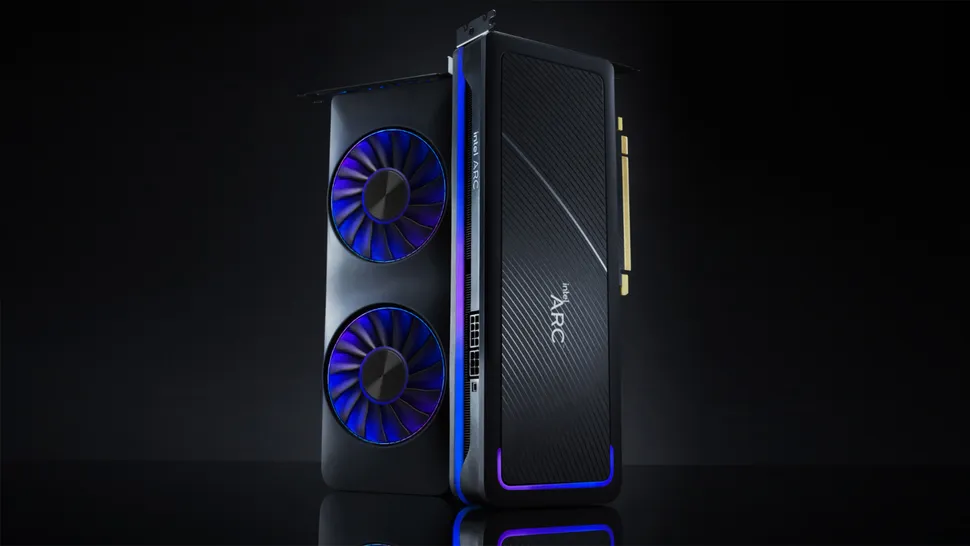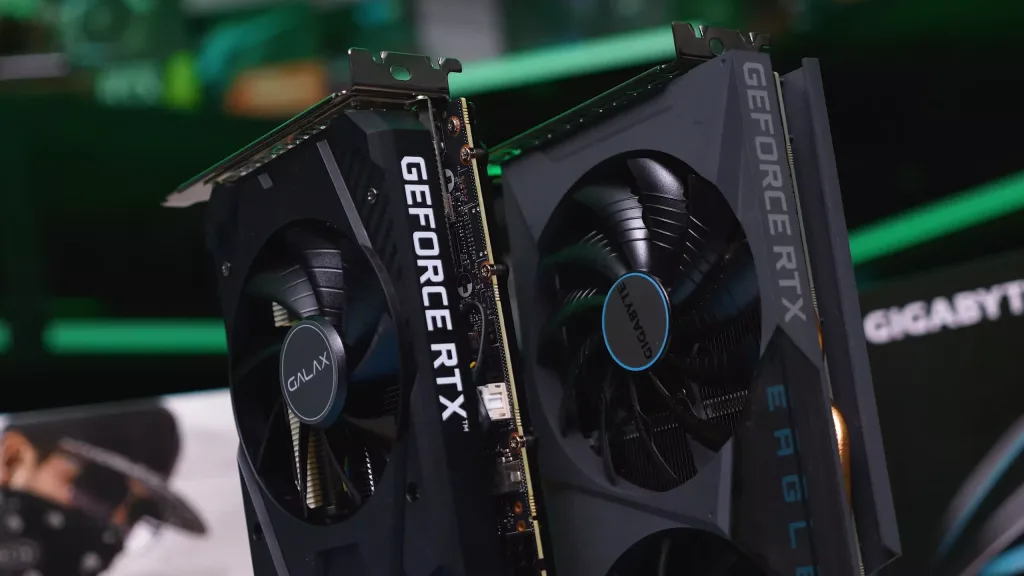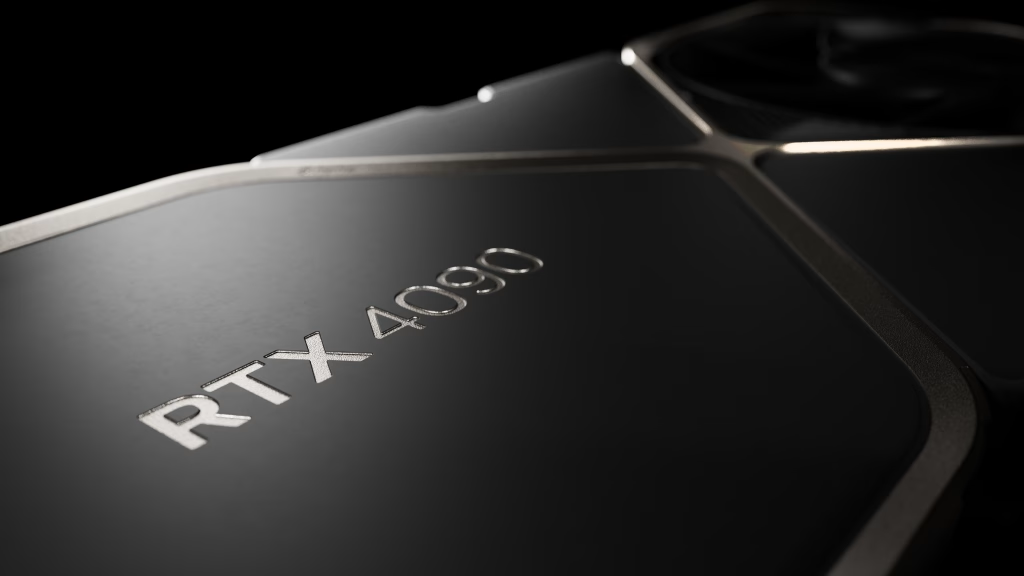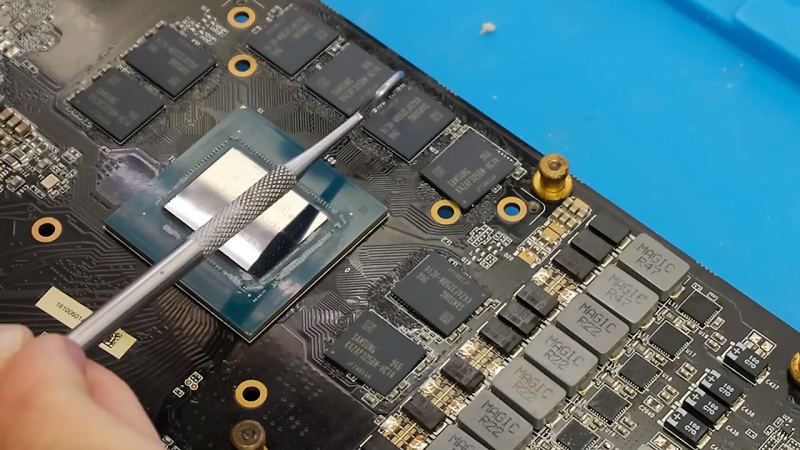The GPU market has long been held by Nvidia with AMD having a smaller portion of the market. Intel released its first generation of Arc GPUs (Alchemist) on March 30, 2022. The Arc 3 is the entry-level card, the Arc 5 is mid-range, and the Arc 7 is high-end.
Intel’s Arc Series GPUs came as an unexpected surprise to many in the market. It is mainly known for its line of processing units, Intel’s entrance to the GPU market is a sign of its determination to expand its presence in the gaming industry as well as high-performance computing.
The Arc Series promises the newest technology and performance that can compete with top-tier video cards by bringing Intel’s experience in hardware and software to the graphics market. These cards also have Intel’s own DLSS/FSR equivalent called XeSS (supporting multiple vendors unlike DLSS).
Key Features
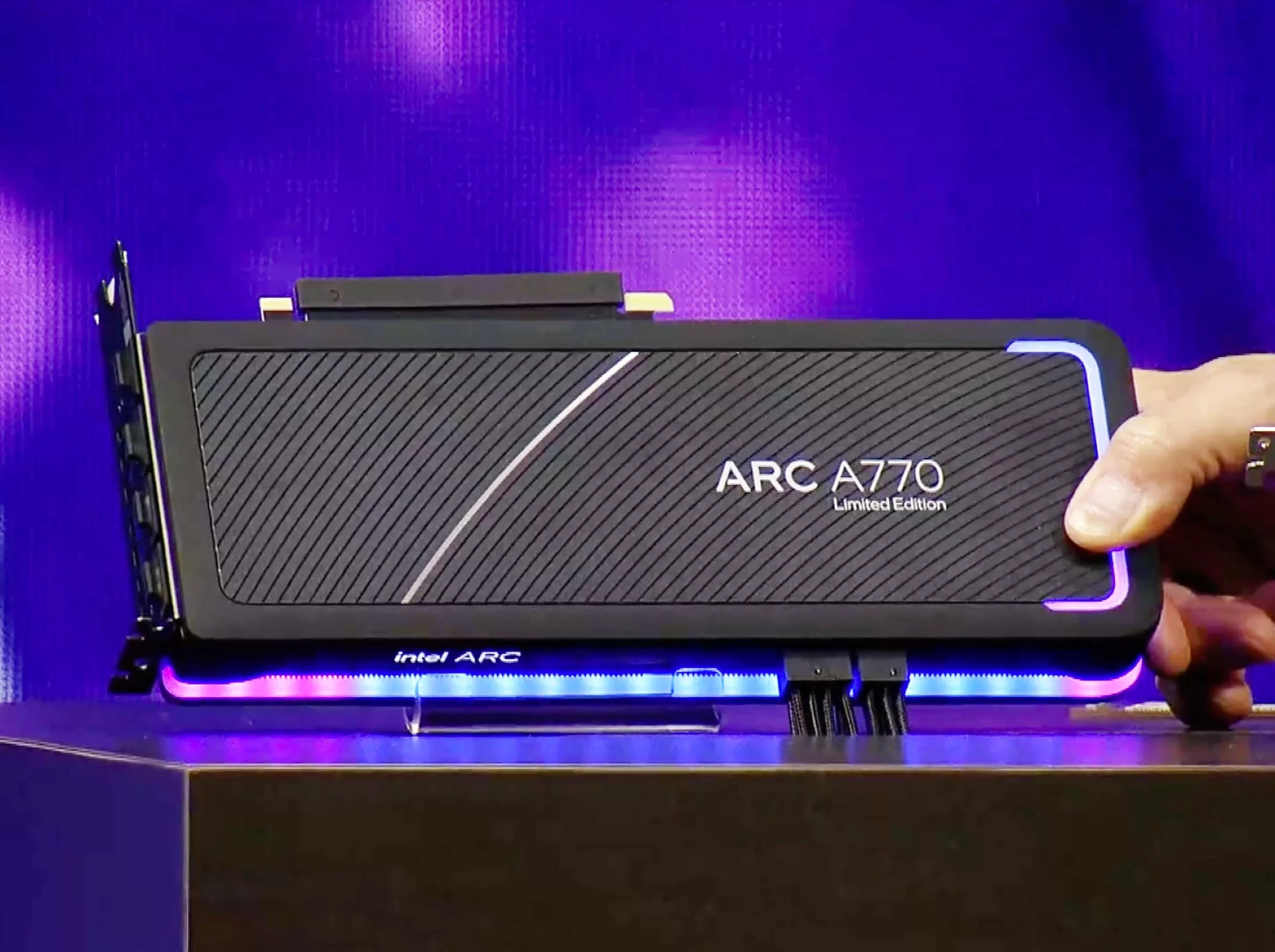
Because they offer certain unique features and cutting-edge technology that provide them an advantage over the competition, Intel’s Arc Series GPUs definitely stand out. The Xe-HPG microarchitecture, which was created particularly to make games run incredibly smoothly, is one of the major things. This microarchitecture helps with tasks that require AI, saves electricity, and performs advanced ray tracing in addition to making games look fantastic.
Deep Link technology is yet another significant improvement in Intel’s Arc Series. Deep Link seeks to improve gaming experiences by lowering latency, increasing responsiveness, and enabling seamless CPU and GPU interaction. Deep Link combines both software and hardware technical advancements. Technology has a lot to offer devoted gamers.
And most importantly, Intel has not targeted gamers who want the best of the best—But the main chunk of gamers who need decent, stable gaming. Focusing on this segment is one thing but Intel went a step further and offered pricing that’s truly competitive even against mid-range AMD cards.
It’s important to note that the launch was marred with bugs and glitches. Games are complex to render and every engine handles calls and memory differently. Incidentally, Intel Arc users experienced many troubles in the early days. However, the majority of these issues were quickly fixed with regular updates and that’s always a good thing for the gaming community.
With XeSS, you can run games like Cyberpunk 2077 and Resident Evil 4 easily at 1440p@60 without ray tracing. This is definitely value for money when you consider that an Acer or ASRock A770 16GB costs $300 (that’s roughly the same price as a RTX 3060 12GB) and the 8GB $200.
Performance
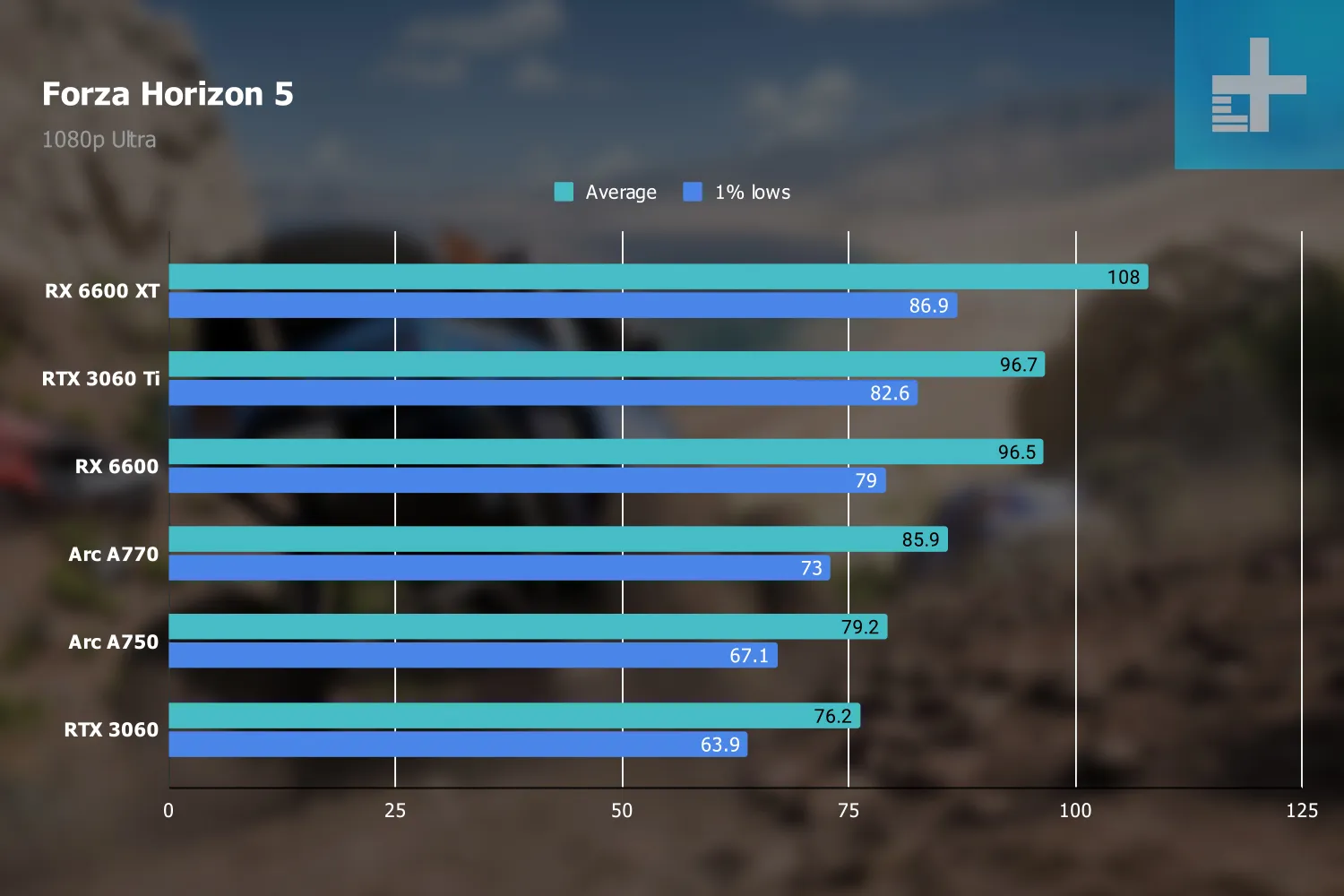
Currently, Nvidia and AMD have a duopoly on the GPU industry, but Intel’s entrance could change that. In terms of price, performance, and availability, Intel is competitive with the top competitors due to its expertise in chip production. In addition to resulting in faster product development and more aggressive pricing, this healthy competition may lead to long-term client benefits.
Generally, Intel Arc GPUs leave something to be desired. Some cards have had a terrible launch, for example, the A580 which hardly justifies its price.
The A750, A770, A310, A380, A580, etc. have more or less positive reviews from gamers but something always feels missing for the price you’re paying.
Now, it must be noted that it’s only been a little over a year of the Arc’s production. GPUs are hard to design and optimize for all games, and a lot depends on the game developers as well. All in all, we need to give the company more time and come up with a new generation of cards to truly gauge performance and do some head-to-head comparisons.
The Arc GPUs even beat cards like AMD RX 6600 XT in some 1440p tests due to certain niche improvements (basically, Intel has targeted and tested with the best-case scenario game situations, giving them an upper hand to general-purpose cards). The cards also have XeSS that’s comparable to DLSS and often better than FSR and offer a build quality that’s simply superior. Plus, there’s also ray tracing. All this with the launching lineup. With the right development and optimizations, I’m sure the Arc discrete GPUs for desktops will be giving Nvidia and AMD a run for their money within the next 4-5 years.
That being said, so far, in terms of performance, the Arc GPUs are always low on the charts, lower than older AMD cards as well in many cases—But a large part of that is poor support.


